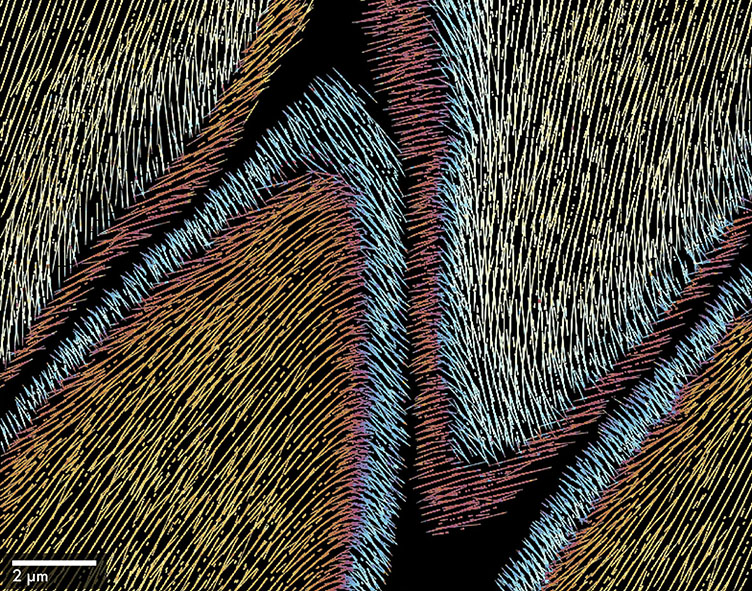Om Treesearch
Treesearch har som syfte att skapa en nationell plattform för att stödja forskning. Forskningsprojekt som bedrivs inom Treesearch forskningsområden och de forskare som är aktiva i dessa projekt är välkomna att ansluta till plattformen.
Kontakt
Mail
info@treesearch.se
Postadress
Teknikringen 38a
100 44 Stockholm


